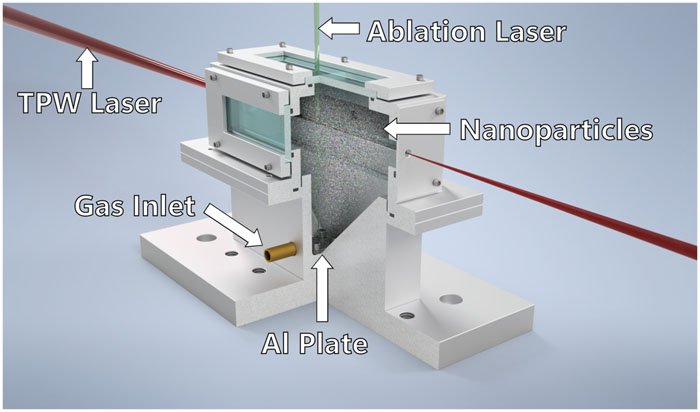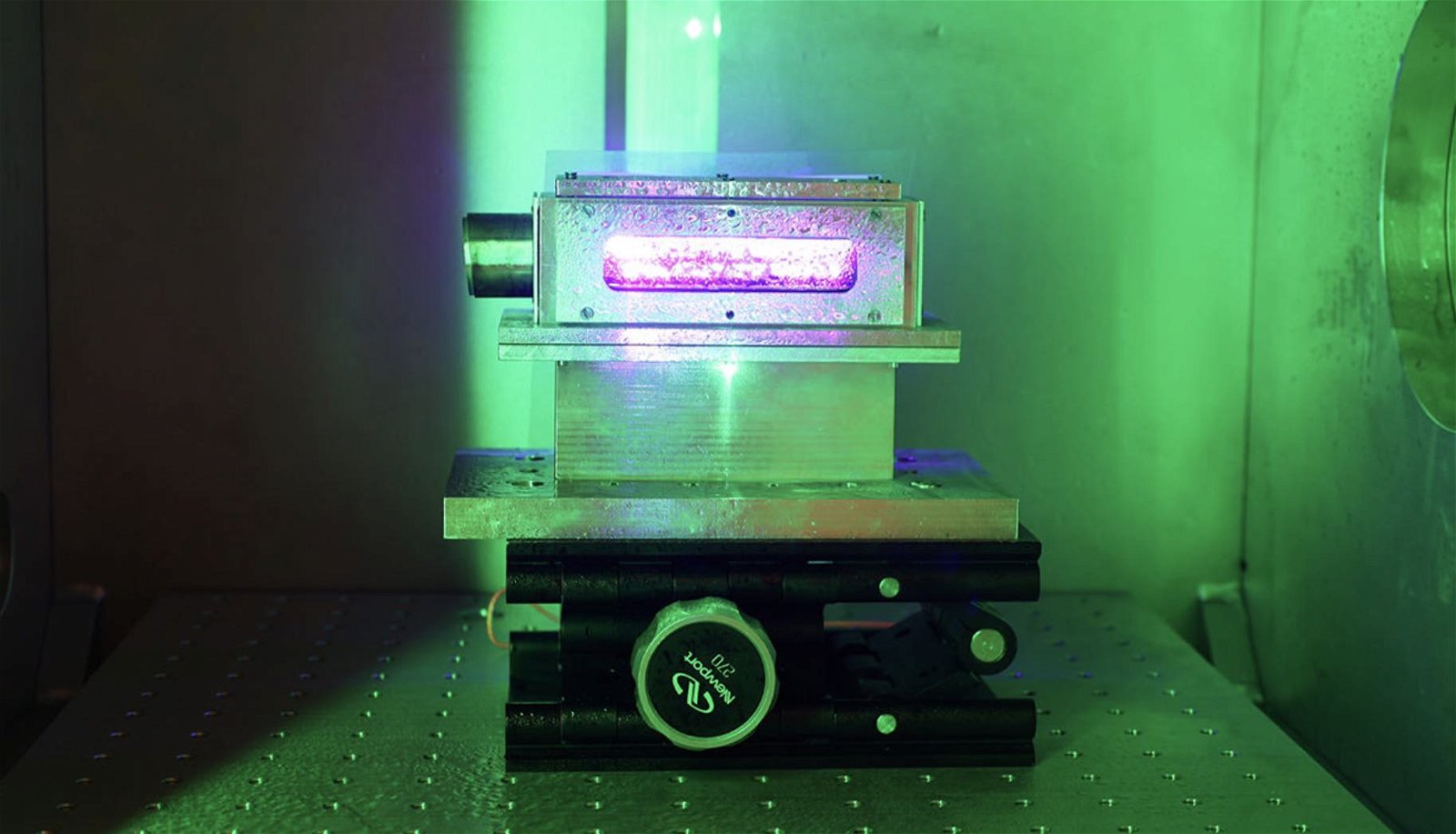An international collaboration has successfully demonstrated a compact particle accelerator capable of generating a 10 billion electron volt (10GeV) beam, according to researchers at the University of Texas (UT) at Austin.
The new particle accelerator, measuring under 20 meters in length, is not only the smallest of its kind but is also one of only three devices in the United States capable of producing energy at comparable levels.
With uses that range from medical research and materials science to applications with semiconductors, particle accelerators have a wide range of potential uses. However, they also generally require a significant amount of space to operate. This, and other factors, tend to make these devices costly additions to the few laboratories that can both afford them, and also have the space required for their use.
Now, researchers at UT say that rather than the kilometers that are normally required for particle accelerator operations, their successful demonstration of a “tabletop” version reduces the space requirements by an enormous margin.
Associate professor of physics at UT Bjorn Hegelich says the new technology means that researchers “can now reach those energies in 10 centimeters.”
Hegelich, who is also the CEO of TAU Systems, a Texas-based company that played a key role in the development of the technology, is also the lead author of a new paper describing the international team’s work, which appeared in the journal Matter and Radiation at Extremes.
Hegelich says the device, known as an advanced wakefield laser accelerator, will be capable of serving a variety of purposes, which will include studies into how electronics may perform in space under exposure to radiation, as well as studies involving novel semiconductor technologies.
The compact particle accelerator will also have uses in medical imaging techniques that will help researchers develop new forms of therapy for cancer patients.


However, another of the device’s uses involves its ability to provide power for the operation of an X-ray-free electron laser. This device allows researchers to produce slow-motion footage of processes that occur at the atomic scale. Such specialized imagery would allow researchers to unravel the processes behind chemical reactions and a wide range of other phenomena occurring at the molecular level, which could allow the prevention of chemical changes that lead to batteries igniting, as well as cellular infection by viral proteins.
With origins that date back to the late 1970s, wakefield lasers
In the device, Hegelich and his team developed, a laser strikes a metal plate contained within a gas cell, injecting metallic nanoparticles that allow electrons to ride plasma “waves”, which Hegelich likens to Jet Skis moving across water.
“In our accelerator, the equivalent of Jet Skis are nanoparticles that release electrons at just the right point and just the right time, so they are all sitting there in the wave,” Hegelich said in a statement.
“We get a lot more electrons into the wave when and where we want them to be, rather than statistically distributed over the whole interaction, and that’s our secret sauce.”
The team’s research relied on UT’s Texas Petawatt Laser, one of the most powerful pulsed lasers anywhere in the world, which is capable of firing one high-energy pulse of light each hour.
However, Hegelich and his colleagues say they are currently working on constructing a laser that is much smaller and capable of firing thousands of times each second, which could potentially enable even more compact designs in the future, allowing far more diverse applications than those particle accelerators are currently used for.
Hegelich and the team’s paper, “The acceleration of a high-charge electron bunch to 10 GeV in a 10-cm nanoparticle-assisted wakefield accelerator,” appeared last month in the journal Matter and Radiation at Extremes.
Micah Hanks is the Editor-in-Chief and Co-Founder of The Debrief. He can be reached by email at micah@thedebrief.org. Follow his work at micahhanks.com and on X: @MicahHanks.

